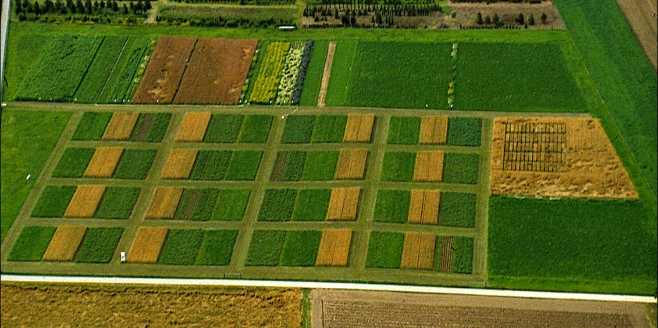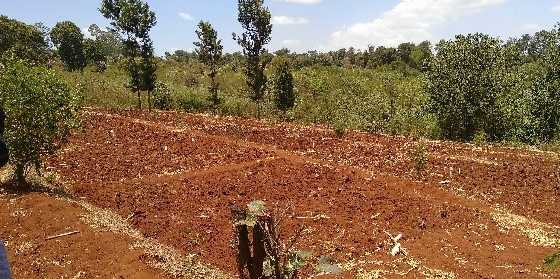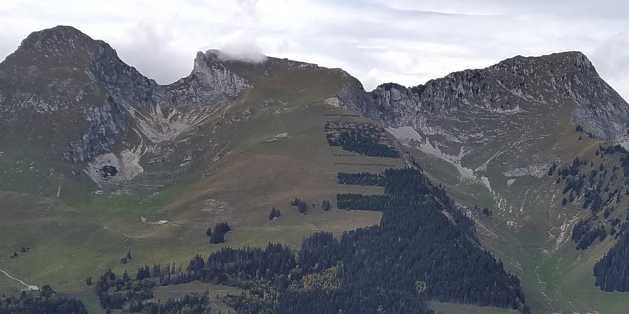Subsoil microbiome and biogeochemical cycling
Background and aim of the project
There are important gaps in our understanding of soil organic matter (SOM) cycling. One of these gaps is related to how soil management affects the soil microbial community, which is responsible for the cycling of carbon and nitrogen in soils. Improving our knowledge about these processes is not only important to assess the effect of climate change on the amount of CO2 that can be stored in the soil in a stabilized form, but also to maintain and improve crop yields by optimizing the cycling and availability of nitrogen to crops in agricultural soils.
Most of the knowledge about SOM dynamics has been derived by studying the top 30 cm of the soil. However, the subsoil (deeper than 30 cm, down to 3 m) stores ca. 80 % of soil organic carbon. In addition, changes in environmental conditions and a decrease in available energy for soil microbes with soil depth lead to a gradient in the composition of the microbiome along a soil profile. It is thus expected that controls on SOM dynamics vary greatly along a soil profile.
Therefore, one of the aims of this project is to improve our understanding of how anthropogenic and natural soil disturbance influence the composition of the microbiome along the soil profile, and how this subsequently affect the cycles of carbon and nitrogen in the soil.
As scientist do not only aim to understand soil processes, but also want to make predictions of how anthropogenic or environmental changes will affect carbon and nitrogen cycles in soils in the future, these processes are represented in numerical models. During the past two decades, there has been an increased interest in explicitly representing soil microbes in such models, as they are the main agents responsible for processes such as the conversion of organic carbon to CO2, and the transformation of different forms of nitrogen. However, two general problems with current state-of-the-art models are (i) that they only simulate organic matter dynamics in the topsoil and (ii) that data to validate simulated microbial dynamics is often absent.
Therefore, another aim of this project is to use the obtained knowledge about the effect of anthropogenic and natural disturbances to the soil microbiome to improve the representation of soil microbes in a numerical soil organic matter model that simulates carbon and nitrogen dynamics along the soil profile.
Specifically, we will study how agricultural nutrient management and forest recovery affect the soil microbiome and carbon and nitrogen cycling along the soil profile in a temperate (Switzerland) and tropical (Kenya) climate.
Objectives
This project aims, through the integration of experimental work and modelling, to elucidate and quantify how agricultural practices (nutrient management) and land use change (forest recovery) affect the structure of the soil microbiome down to 1 m depth, and how this, in turn, affects SOM dynamics in a temperate and tropical ecosystem.
A first objective of the project is to improve our understanding of the effect of agricultural nutrient management and forest recovery on the composition of the soil microbiome and carbon and nitrogen cycling along the soil profile. In order to obtain this objective, we will collect soil depth profiles at long-term agricultural field experiments in temperate and tropical climates. The study sites are the DOK trial in Therwil (Switzerland) and the SOM trial in Embu (Kenya). To assess the effect of forest recovery on the subsoil microbiome, we will study forest recovery chronosequences in the Jaun pass (Switzerland) and in the Mau forest (Kenya). These soils will be analyzed using a combination of well-established techniques and state-of-the-art methodologies, such as metabarcoding and metagenomics, to discern how microbial communities are affected by management and land use change along the soil profile.


The second objective is to use this knowledge to improve the representation of the soil microbiome in numerical models of SOM dynamics. A main question we will answer here is related to the complexity with which the microbiome should be represented in such models, to find an optimal balance between process representation and model complexity. To obtain this objective, a novel model will be developed by combining a depth-explicit soil organic carbon model with a model simulating plant – microbe – organic matter (OM) interactions. The new model will meet two recently proposed ways forward to improve ecosystem models: (i) the inclusion of the effect of the microbial community structure on plant N uptake and SOM dynamics and (ii) the improvement of the simulation of subsoil OM dynamics.


